From time to time, you can see a bright, fast-moving star in the night sky, with brilliance comparable to that of Venus. This is the International Space Station (ISS), the largest object ever built in space.
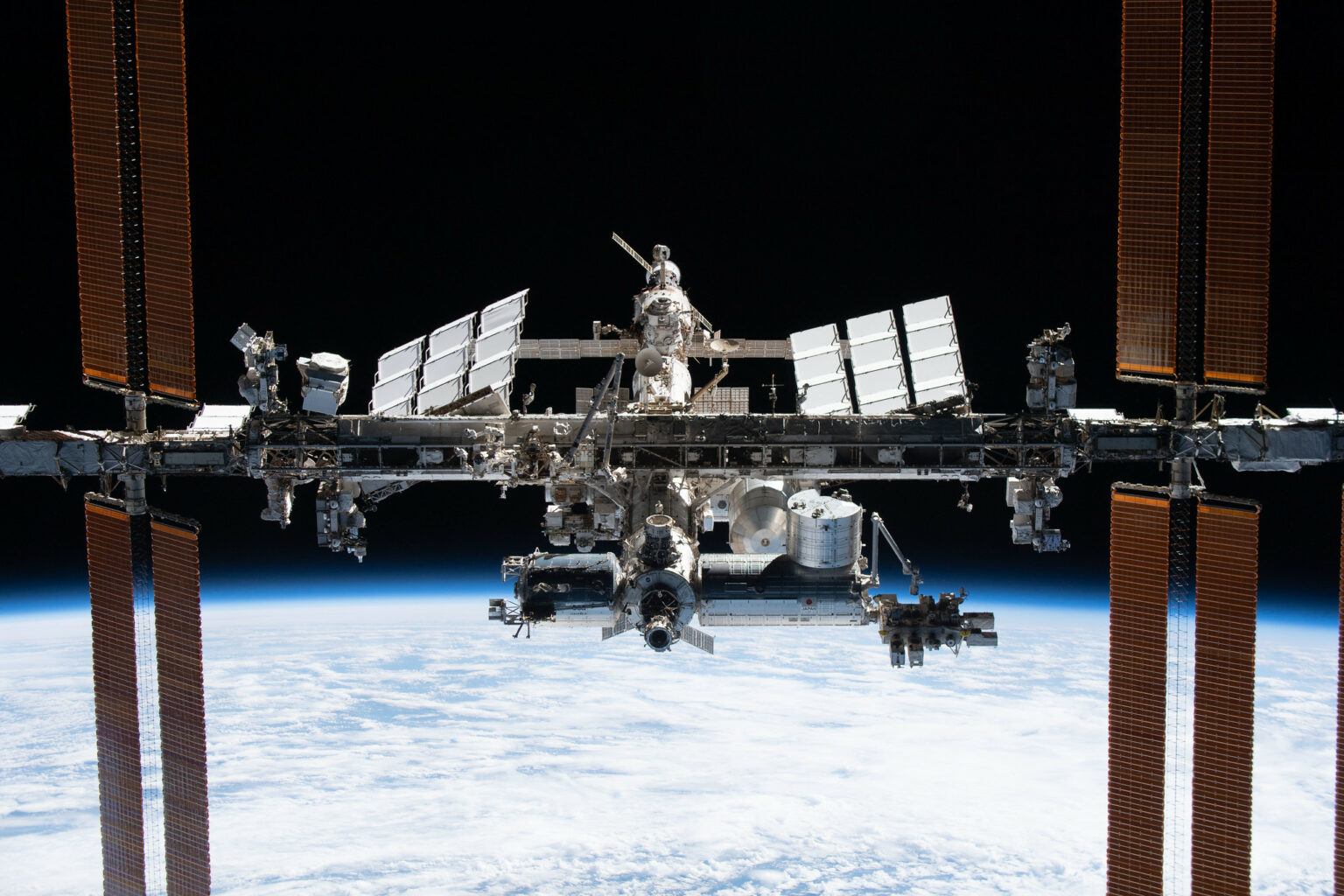
We are used to taking it for granted, not thinking at all that the very existence of the orbital complex is a clear indication of the triumph of human mind. The ISS is the most complex and expensive construction of our time, having long earned the title of the eighth wonder of the world. The station’s construction began on November 20 exactly 25 years ago. In this article, we will remind you the difficult history of its birth.
From Skylab to Alpha
The origins of the ISS concept can be traced back to the mid-1970s. At that time, NASA began building the Space Shuttle reusable spacecraft. It was believed that they would completely revolutionize the entire space industry. Based on this, the leadership of the aerospace administration concluded that the Shuttles would need some kind of base — a long-term stronghold for scientific and industrial operations in Earth orbit.
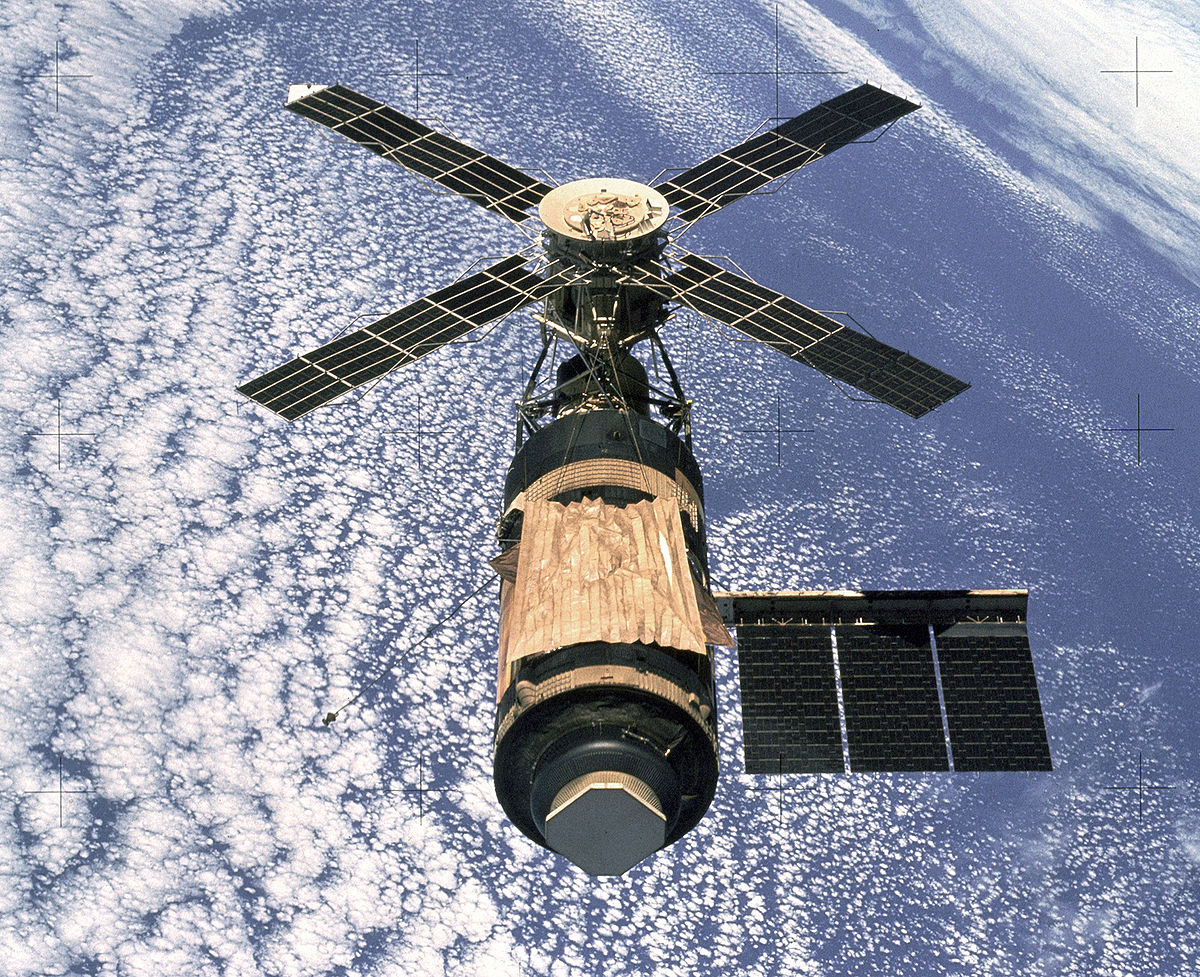
Initially, this task was going to be assigned to the Skylab station. It was assumed that after the Shuttles were put into operation, they would raise its orbit, and then gradually modernize it adding new modules. But these plans remained on paper. The station left orbit in 1979, two years before the first flight of the winged craft.
As a result, NASA had to start from scratch. In the early 1980s, engineers began to work on various options for a multi-module station that could be assembled in orbit using shuttles. One of the projects envisioned an outpost consisting of a bundle of residential modules surrounded by triangular solar panels. Another option was based on the idea of building a station around a converted shuttle fuel tank.
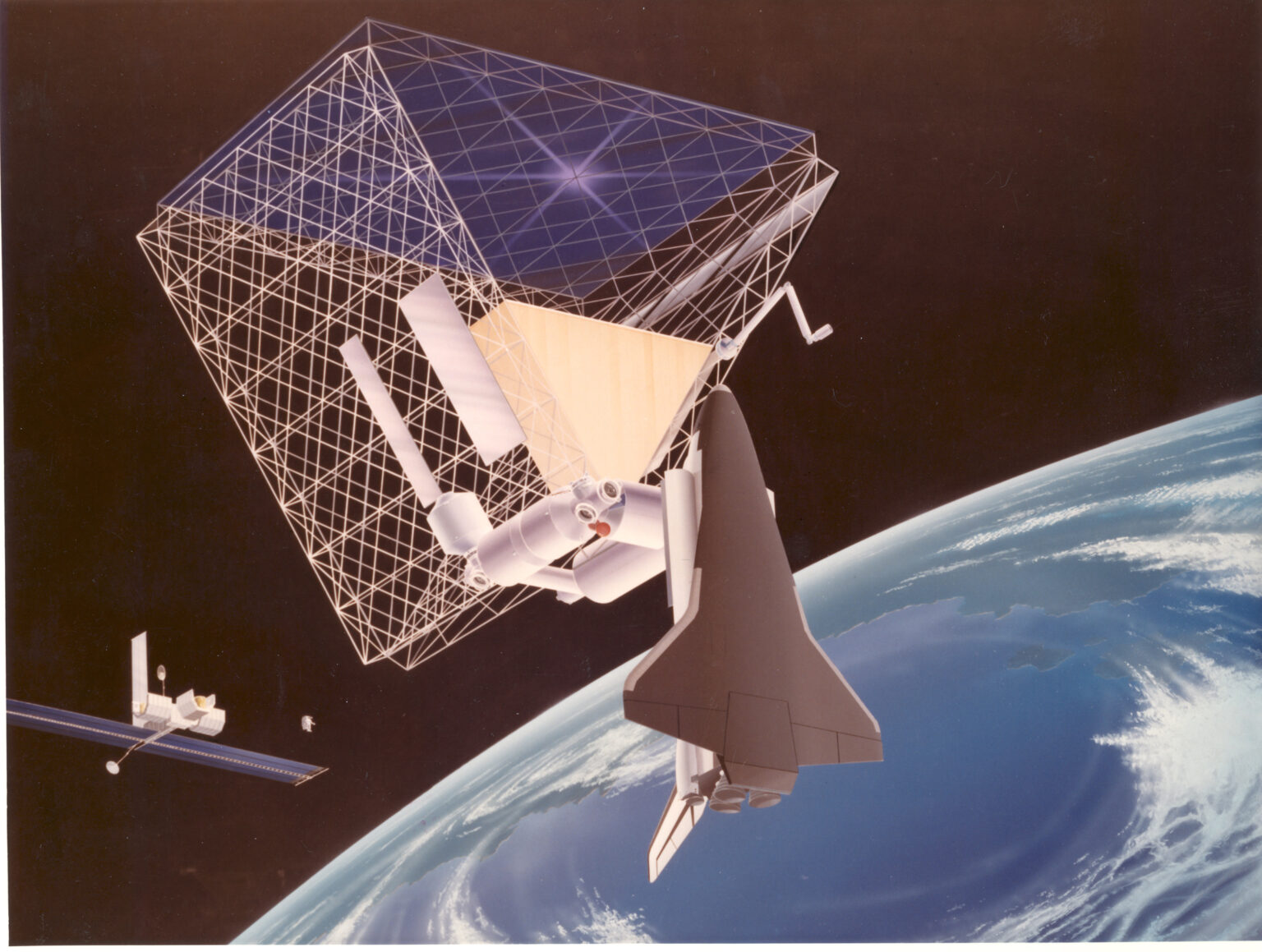
The next option looked more familiar. The idea was to create a station consisting of two parts — a power cluster and a block of habitation modules. They were to be connected by a long truss.
In 1984, President Ronald Reagan officially announced plans to build a space station. The project was called Freedom. Soon enough, researchers from Lockheed and McDonnell-Douglas developed so called dual-keel design. In it, a cluster of four modules (two residential and two scientific) was located in the center of the construction. The designers asserted that such an arrangement would ensure stable conditions for space research.
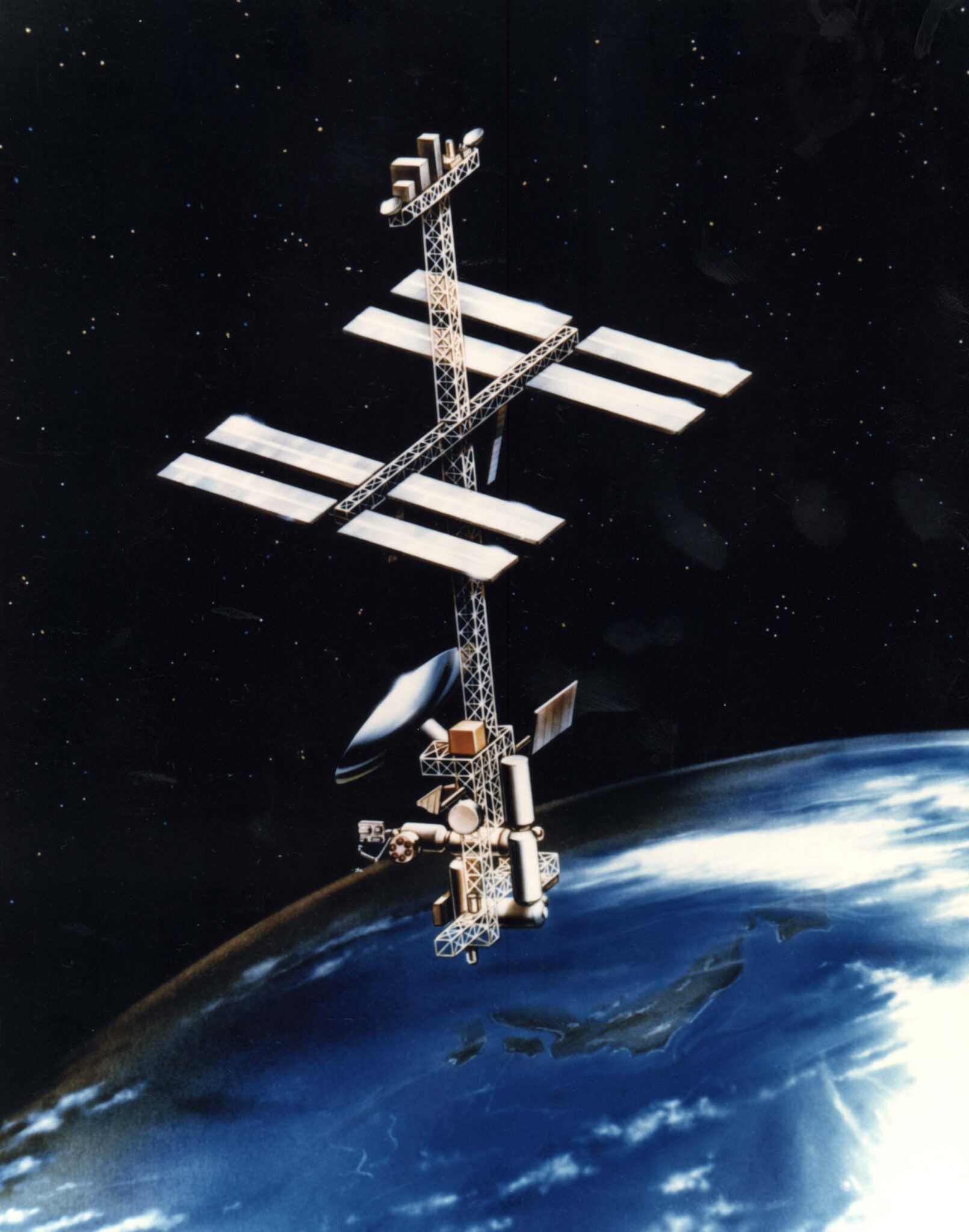
It was also proposed to equip the station with two docking units for satellites and MMU seats, designed for moving astronauts around in open space. At that time, it was believed that in addition to scientific research, they would be engaged in regular maintenance and repair of space equipment. The crew of the “dual-keel” Freedom was to consist of 8 persons. The launch of the first module was scheduled for September 1993. The total cost of construction of the station was estimated at 18 billion dollars, the required number of shuttle launches — 21.
Not all experts and NASA officials gave the project positive assessments. Many pointed out that such a design is overly complex, inconvenient to maintain and will expose the crew to unnecessary risk during work in space. Another problem was that the station was not supposed to have a rescue ship in case of any emergency (the fact is that American spaceplanes did not have the technical capability to stay in space for more than a few weeks).
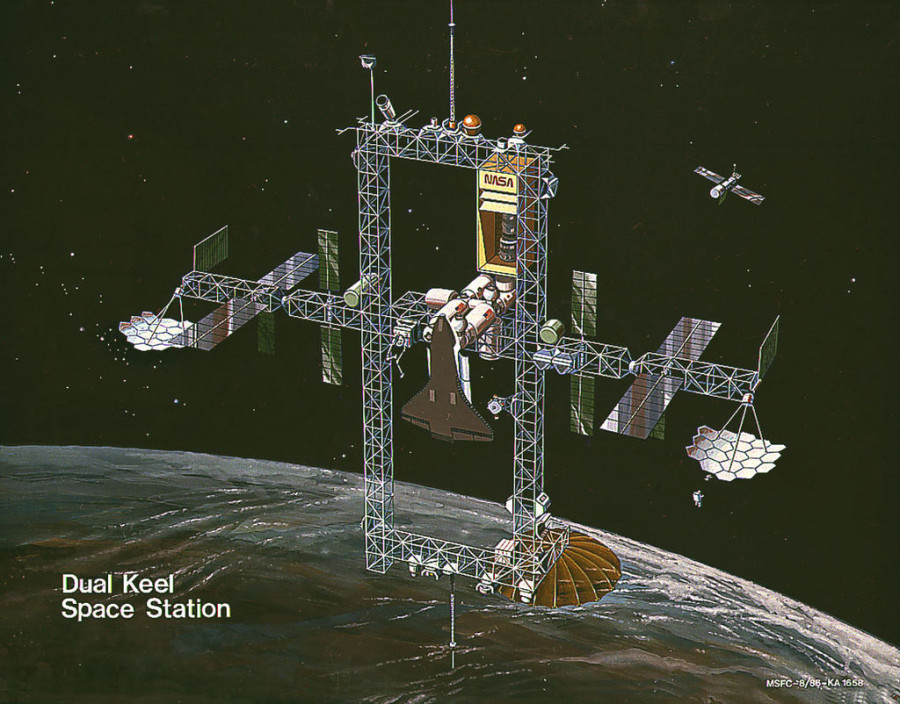
Then came the Challenger shuttle disaster. The fleet of Shuttles was chained to the ground for several years, and NASA was forced to make a number of changes both in their design and in safety standards. This led to a radical re-evaluation of the timing and cost of building Freedom. According to new calculations, as many as 30 reusable spacecraft launches were required to assemble the station.
To somehow reduce costs, it was decided to abandon one of the docking units for satellites. Also NASA officially invited ESA, JAXA and CSA to join the project. The Europeans and Japanese were to build a laboratory module each, while the Canadians were to build a robotic arm. Thus, from a purely American station Freedom turned into an international program.
A year later, the design of the complex underwent a radical redesign again. It was decided to abandon the dual-keel scheme in favor of a design with one long truss (the so-called Baseline Configuration), which outwardly already resembled the ISS. Construction of the station was going to be divided into two phases. In the first phase it was supposed to put key modules into orbit, and only then begin to assemble the truss and install solar panels on it. In total, the upgraded Freedom was to consist of two residential and three laboratory modules. By this time NASA finally abandoned the idea of using the complex for repair and maintenance of space equipment. Therefore, the new design did not include units for docking satellites and placement of MMU equipment.
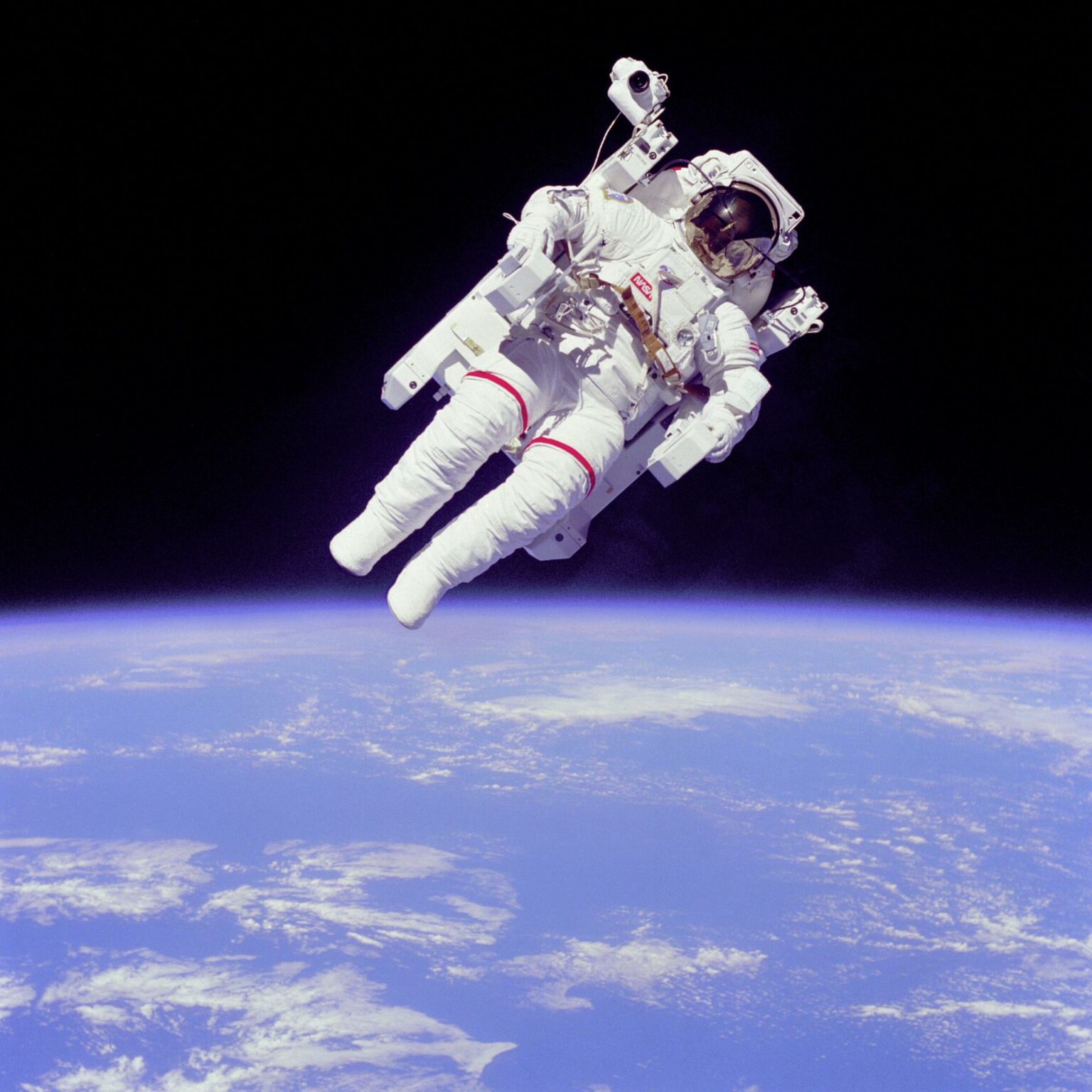
In 1988, NASA gave the green light to the Freedom project and even began building equipment for the station. However, soon enough they had to change design again, due to financial considerations. In the late 1980s, the budget of the organization was cut and it was unable to provide funding for the project as was previously planned. As a result, the station was significantly reduced in size, and its crew was cut down to four astronauts. The launch date for the first module was delayed until 1995. The “downsized” version was ironically nicknamed Fred.
Even after that, the fate of the international station hung in the balance. Congress was not willing to continue sponsoring a program that had already spent a lot of money, but which had never produced a single launch. In the summer of 1993, U.S. lawmakers voted on a proposal to shut down the project. Just one vote saved the project.
In this situation, NASA had only one opportunity to save the station: to involve Russia. In the fall of 1993, negotiations took place, after which it was announced that a historic agreement had been reached. The Russian Federation undertook to provide for the complex base unit from the station Mir-2 (it was renamed Zvezda), as well as to build a functional module Zarya. The name Alpha was used for some time to designate the new configuration, but eventually the official name of the International Space Station became commonplace.
Combining the projects was a reasonable compromise in conditions when neither side could independently implement the national program to create an orbital station. It also had a certain political background. At that time, the U.S. government was very much afraid that under the conditions of the collapse of the space industry, Russian rocket specialists might move to countries hostile to the United States. Russia’s involvement in the construction of the ISS provided them with jobs for many years to come. Of course, at that time, no one knew that in the future Russia itself would once again become a hostile country.
ISS Assembly
The assembly of the ISS began on November 20, 1998. On that day, the Proton-K rocket put its first element into orbit — the Zarya module. A few weeks later, the Shuttle Endeavour was launched. It docked module Unity to Zarya. December 10, 1998, the new orbital complex received “guests”. Cosmonaut Sergei Krikalev and astronaut Robert Cabana were the first people to enter the station. However, it was only a short-term visit. The opportunity to maintain a permanent crew came only after the Zvezda service module joined the ISS in July 2000.
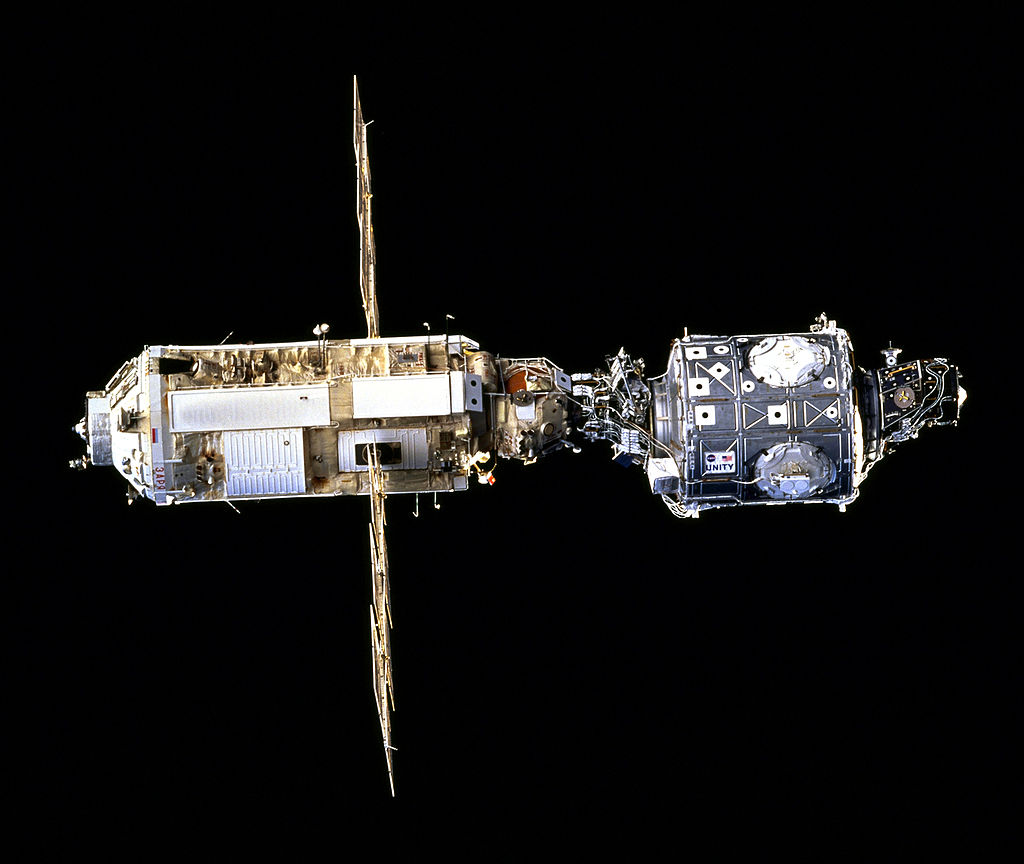
Full-fledged functioning of the ISS began on November 2, 2000. On that day, the Soyuz TM-31 spacecraft docked with it. It delivered the crew of the first main expedition consisting of astronaut William Shepherd and cosmonauts Yuri Gidzenko and Sergey Krikalev to the station. Since that day, the orbital complex has remained permanently inhabited.
But that was just the beginning. As new launches were made, the station continued to acquire new components and compartments. The vast majority of them were delivered into orbit by reusable spacecraft. They were also used to supply the complex with all the necessary supplies. This almost became the Achilles’ heel of the project. In February 2003, the shuttle Columbia destroyed during re-entry into the atmosphere. The catastrophe called into question both the fate of the Space Shuttle program and the ISS itself.
In the end, NASA still decided to continue operating the Shuttles until the completion of the orbital complex. In 2005, its assembly was resumed. Over time, ISS acquired laboratory modules, several robotic arms-manipulators and the famous truss structure to which the main solar panels are attached (it is due to them that the ISS shines so brightly in the night sky).
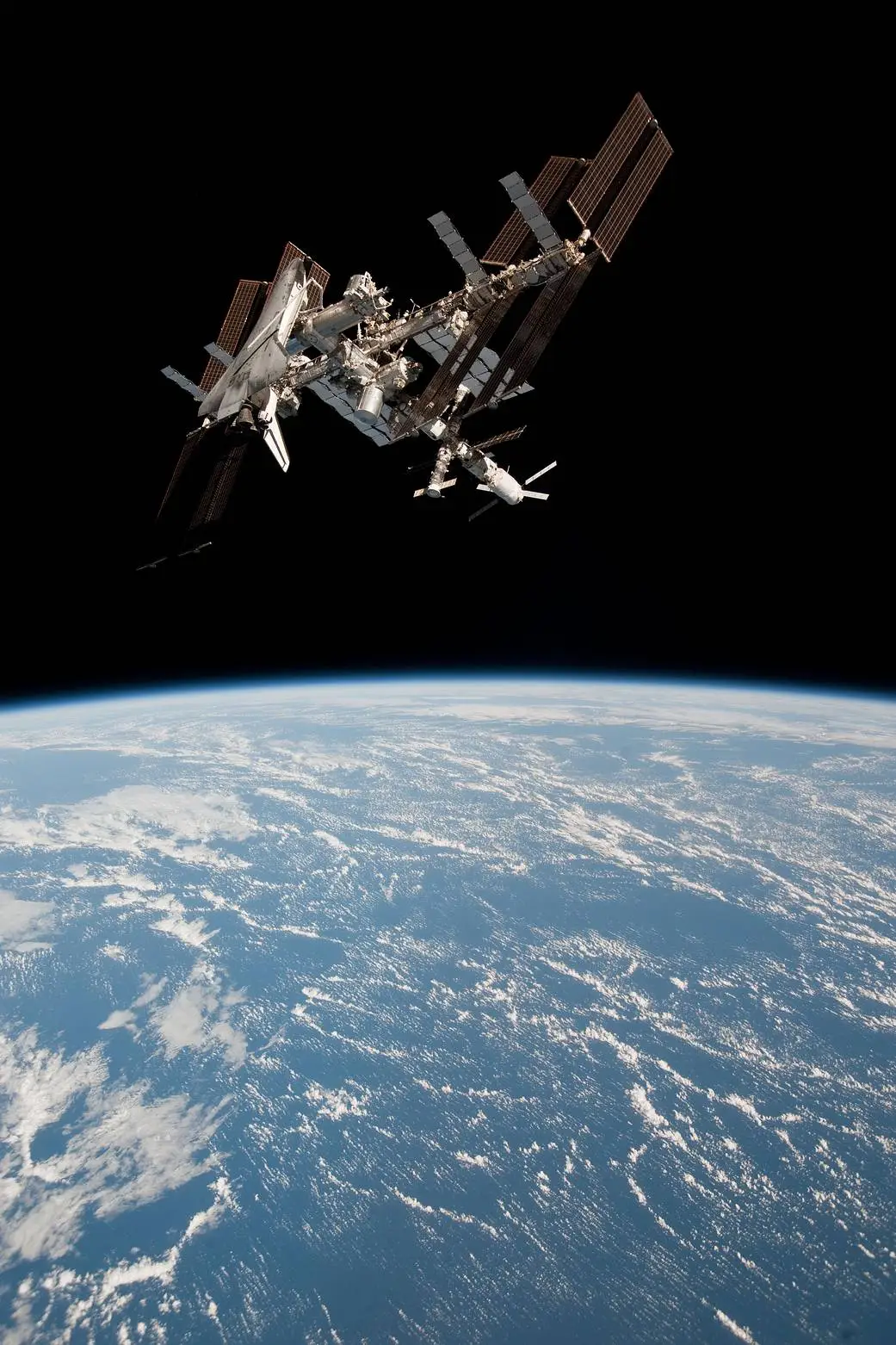
The main stage of assembly of the ISS was completed in May 2011, when it was last visited by the Shuttle Endeavour. By then, the orbital outpost consisted of 14 sealed modules. Its length reached 72 m, width (including truss structures) — 108 m, the volume of internal space — 930 m³, mass — about 420 tons. In total, the construction of the station required 36 shuttle flights, as well as a number of launches of conventional rockets.
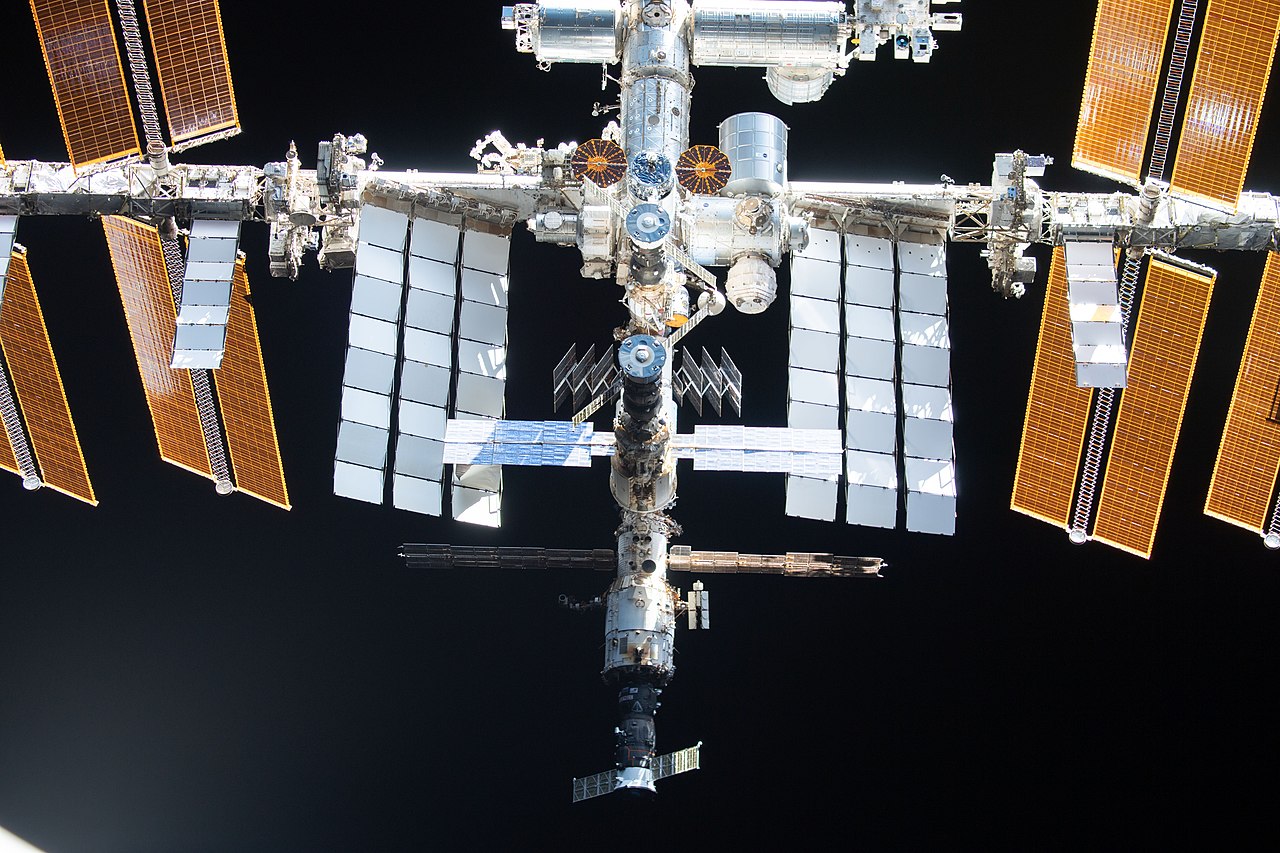
However, even after the “retirement” of the Shuttles the process of growth of the ISS did not stop. In 2016, the orbital outpost was replenished with an experimental inflatable module BEAM. Initially, the term of its operation was to be two years, but in the future it was decided to make the compartment a permanent part of the complex. In 2021, the station was joined by the long-suffering Russian Nauka module, the manufacture of which began back in the 1990s.
Workdays of the ISS
Daily activities of the station are regulated by a large number of documents, ranging from a special intergovernmental agreement and ending with agreements and memorandums concluded between individual member countries. They determine the legal ownership of the modules of the complex, delimit the procedure for the use of its resources and the areas of responsibility of the parties. At present, the number of the ISS permanent crew is seven people.
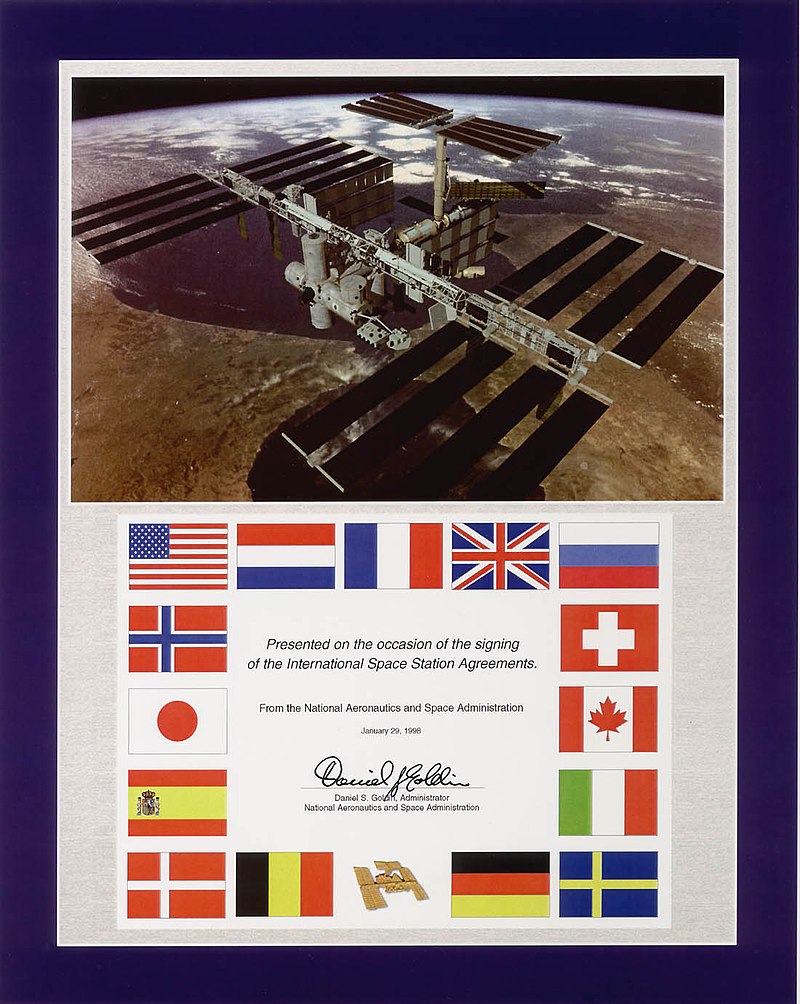
The main purpose of the ISS is to be used as a platform for research possible only in space flight. For this purpose, it is equipped with three specialized laboratory modules. The scientific research conducted on the station cover many different areas, from biological experiments to studying the behavior of fire in weightlessness.
By and large, the permanent stay of people on the station is a large-scale experiment by itself. The data on how long-term presence in weightlessness and high radiation levels affects the human body lay an important foundation for future expeditions to Mars and other planets.
Scientists are also interested in how being in space affects the very structure of the station — its modules, their internal and external cladding, solar batteries. It is no secret that for twenty years of service ISS has acquired its own “biosphere” — colonies of bacteria and fungi, settled inside the living compartments. How these organisms have adapted to the weightlessness conditions and changed compared to their ground-based relatives is also the subject of separate scientific research.
Of course, in any talk about the ISS, sooner or later the question of money comes up. According to calculations, the total cost of construction and maintenance of the orbital complex has already reached the amount of about 150 billion dollars. To what extent is the scientific return from it justified considering the resources invested?
In this regard, one can hear completely opposite assessments — from extremely optimistic to utterly skeptical. According to a fairly widespread opinion, the scientific value of the complex is seriously overestimated. A much better return could be achieved by investing the money spent on the ISS in automated probes and various projects on Earth.
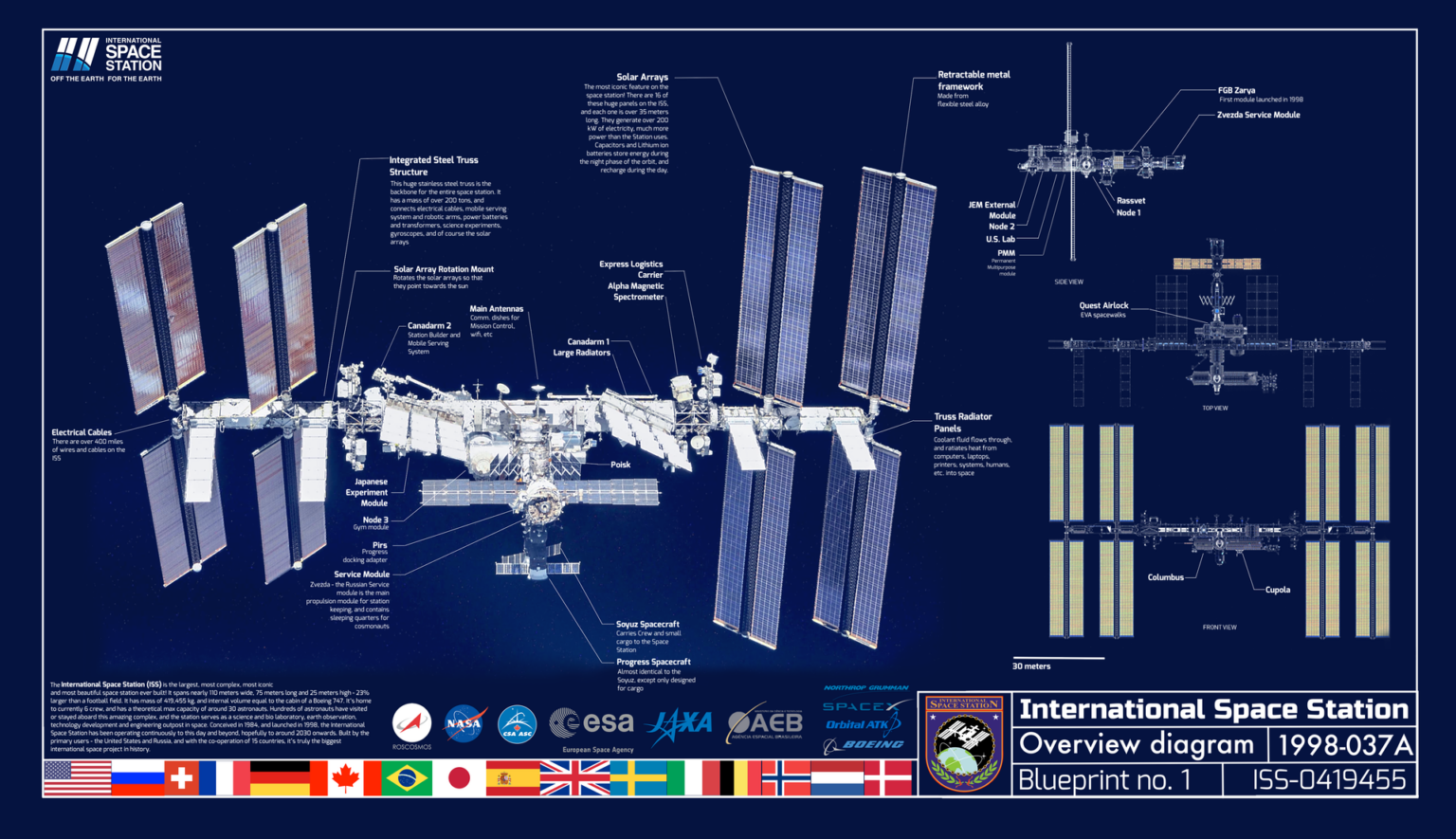
It’s unfortunately extremely difficult to put a dollar value on the results of orbital experiments. Yes, perhaps some of them would indeed be cheaper to conduct using robots or doing it on Earth. At the same time, many of the studies conducted on the station can be carried out only in space and only with the participation of people. Besides, the history of science is rich in examples when the results of experiments found application in seemingly completely unrelated spheres. Because of this, it is impossible to predict in advance which of them will be of greater or lesser value in the end.
Besides, we should not forget that there are no bad results in science. If the experience of ISS operation will allow mankind to build more efficient and cheaper space settlements in the future, then we are entitled to say that the station has fulfilled its role. After all, it is impossible to conquer space by staying on Earth all the time.
The main threats to the ISS
Given the technological complexity of the orbital complex, it is not surprising that over the years of its existence there have been a number of incidents and emergencies on board. These are the breakdowns of various components, and computer failures, and ammonia leaks from the cooling system. We can also recall the story of the spontaneous activation of the Nauka module’s engines, which caused the ISS to declare an emergency for the first time. Fortunately, the station was not damaged during this incident.
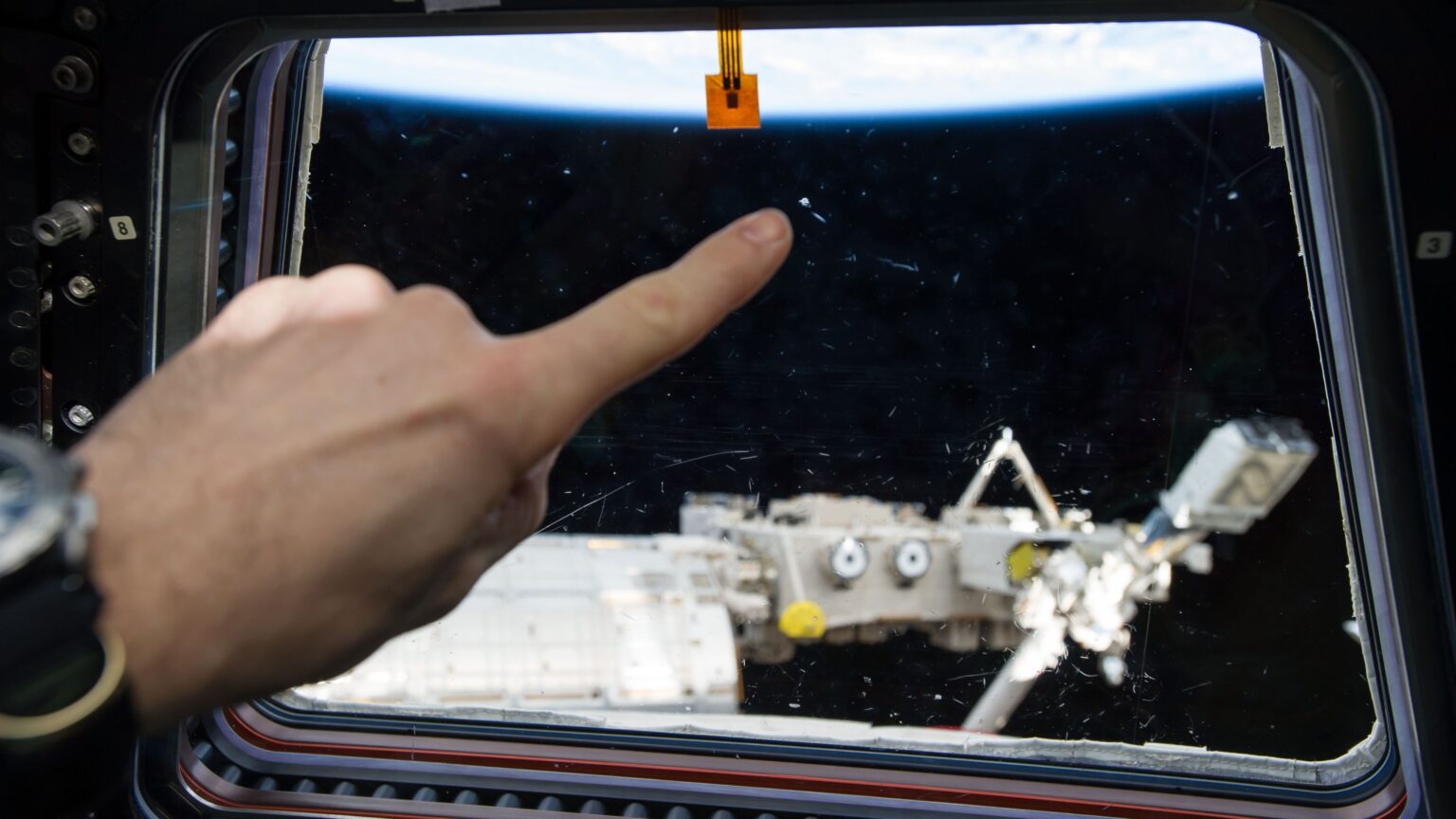
One of the biggest threats to the orbital outpost is probably space debris. According to the crew members who went into outer space, the outer skin of the modules, the surface of solar panels and protective screens are covered with a large number of potholes left after hitting them whith tiny particles, mostly of man-made origin. ISS regularly has to perform evasive maneuvers against large fragments that could penetrate its hull. On several occasions, when the danger was detected too late for a timely orbit change, the crew had to don spacesuits and transfer to spacecraft to be able to evacuate quickly to Earth.
Russia poses the second most significant threat to the station. Since the start of its large-scale invasion of Ukraine, it has blackmailed other project participants several times with threats to leave the ISS and disconnect its segment. But by now everyone has realized that this was nothing more than a bluff. Given the current state of the Russian space industry, it is not in a position to create its own orbital station. So, despite all the loud words, it does not look like Russia is really going to leave.
Much more dangerous are its irresponsible actions, such as the test of an anti-satellite weapon in late 2021, which seriously increased the threat of the station colliding with space debris fragments. Ironically, it appears that Russia itself has been the hardest hit by these actions. There is speculation that a string of recent leaks from the cooling systems of Russian spacecraft is caused by debris from the anti-satellite weapon test (U.S. modules have micrometeorite shielding, making them less sensitive to external impact).
The Future of the ISS
In 2018, Donald Trump’s administration published a draft of a new NASA budget, which included a proposal to stop direct funding of the ISS from 2025 and after that to “commercialize” the station, giving it to private organizations. The idea was that the complex would continue to function at the expense of private companies, as well as one-off government contracts that would pay for various research and testing of new technologies.
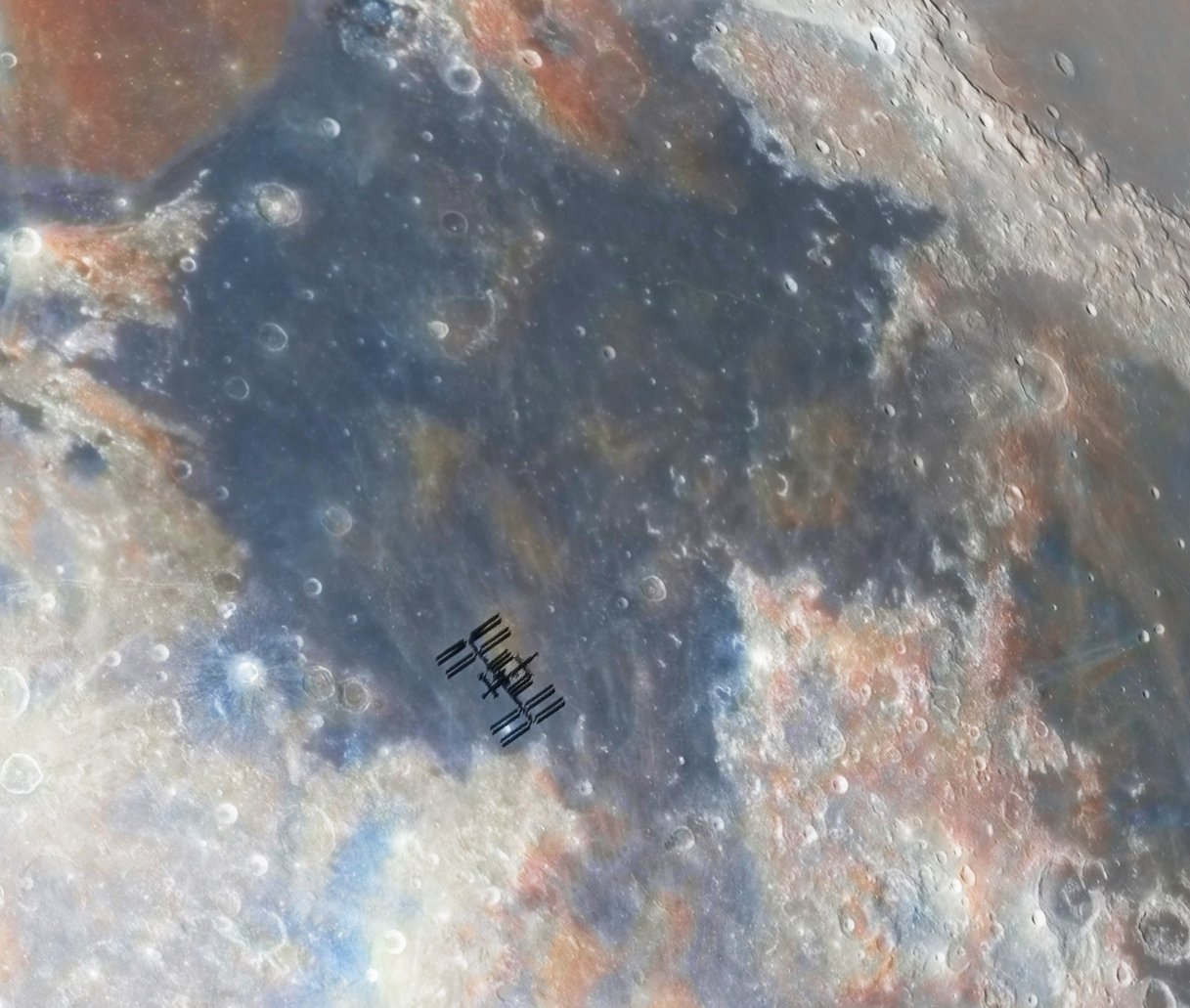
The initiative was greeted rather coolly by a large part of the American scientific community. As a result, the mention of the proposal disappeared from subsequent editions of the document. Subsequently, NASA and its ISS partners agreed to extend the station’s operation until 2030.
At the same time, NASA did not abandon the idea of expanding the participation of the commercial sector. Fortunately, this organization has a fairly extensive experience in using the station to support private companies. We are talking, first of all, about the Commercial Resupply Services and Commercial Crew Program, which developed spacecraft designed to deliver cargo and crews to the ISS.
In 2020, NASA signed a contract with Axiom Space to build the first-ever commercial habitation module. It will be docked to the front port of the Node 2 docking hub and will be used for experiments, development of new technologies, and as a residence for private astronauts. Its service life will be at least 5 years with the possibility of further extension for another two years. The module is currently scheduled to be launched in the second half of 2025. It is expected that it will be expanded later by adding additional compartments. Thus, the station will eventually have a full-fledged private segment.
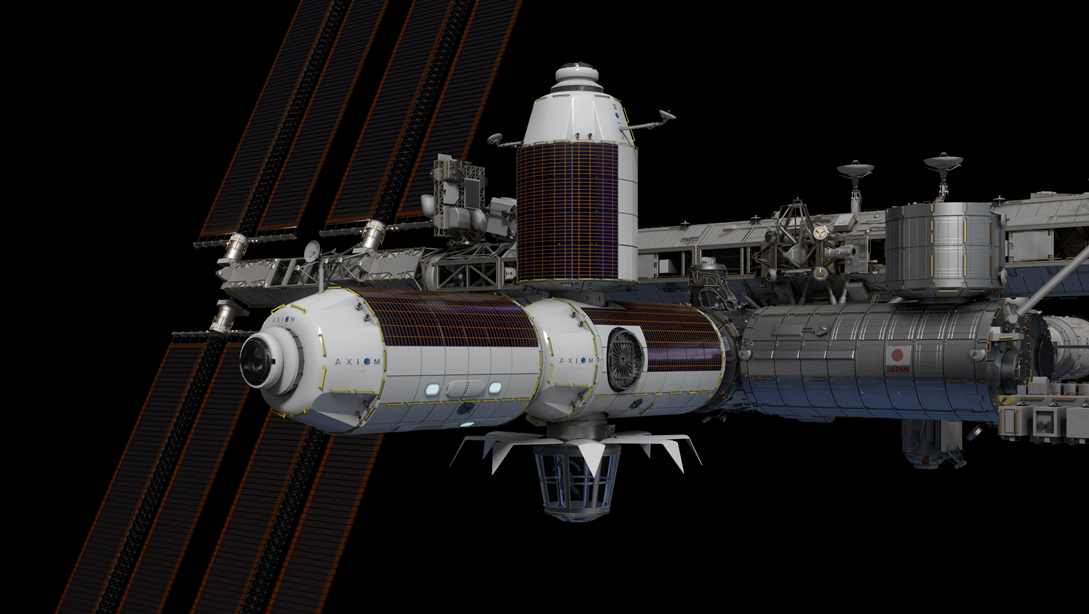
It is clear that any equipment has its own service life. By 2030, the ISS core modules will have been in space for more than 30 years, which is pretty much. It is possible that as a result, NASA will decide not to continue operating the station. But this does not mean that its history will be put to rest. It is assumed that after the participating countries decide to splash the orbital outpost down, its private segment will be disconnected from the main complex, after which it will continue to exist as a separate station.
Of course, this possibility currently exists only on paper. To begin with, the ISS needs to actually get a full-fledged private segment. But if this does happen, this part of the humanity’s orbital outpost will be able to continue its existence and development after its operation is terminated. Who knows, maybe in the future it will be called the ninth wonder of the world…

